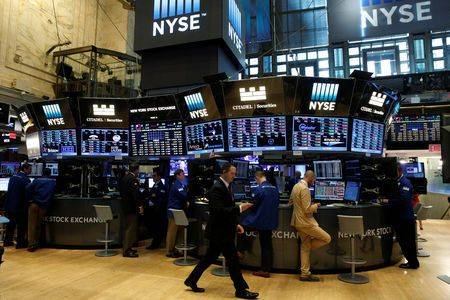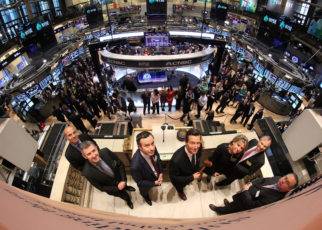NYSE has seen many such conditions where the markets were close to shut down and they have taken emergency course of actions to keep on running in the case the floor might need to close.
Today, the NYSE is facing the similar trial where it is being proposed that NYSE floor must be shut down. But to tackle this, NYSE already is planning to find ways to keep on operating electronically if the floor is forced to shut.
How might the NYSE do that? NYSE President Stacey Cunningham, in a meeting Thursday, stressed there were no designs to close the floor yet however said control steps had just been taken.

“There’s a range of plans that we could turn out whenever,” she said. “Thus, we’ve just found a way to constrain introduction in the structure just by isolating individuals and isolating networks, so the individuals on the exchanging floor aren’t collaborating with individuals on different floors, and we don’t have visitors going onto the floor. Those are simply safety measures with the goal that we can restrict the probability that there is an episode.”
Just like many other sort of organizations, NYSE might try to make its employees work from home as it is worried that the way work is conducted on the floor, it is possible that the virus may spread. Cunningham further addressed it, “If there is an outbreak, we can clean the floor and reopen pretty quickly as well, so that’s something we’re not planning to close the floor at this time, but as you mentioned, we could trade fully electronically.”
Main concern: It’s reasonable that the NYSE is hesitant to close the floor and in the event that it did so, it would look to open back as fast as could be expected under the circumstances.
Cunningham didn’t address the probability that should somebody test positive, the majority of the individuals who take a shot at the floor might be required to self-isolate for up to seven days or more.
The NYSE has shut many occasions throughout the years, remarkably, for four months at the flare-up of World War I in 1914, for the demise of John F. Kennedy in November 1963, for four days following the 9/11 assault in 2001, and for two days after Superstorm Sandy on Oct. 29-30, 2012.
The business sectors shut during these occasions. Right now, NYSE may decide to close the floor yet work exchanging electronically, without the floor.





